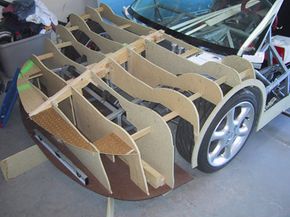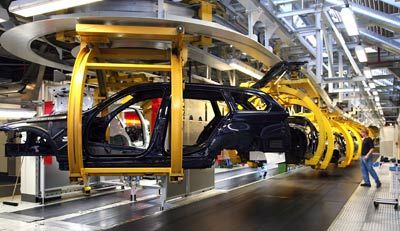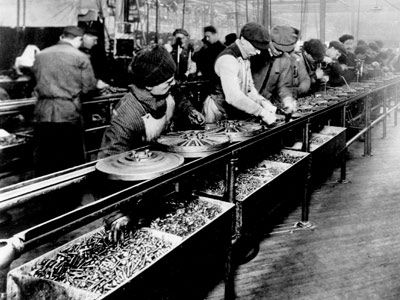When you really think about it, this is a pretty good question. In fact, maybe it can best be answered by posing a similar question -- can you walk around the world?
The answer? Sure you can, just point yourself east, or west, put one foot in front of the other and you're on your way. At least that's the simple answer. But what about food, water, shelter and even walking shoes? What do you do when you lose your hat in a sandstorm in the middle of the Kalahari Desert, or have fend off mounted bandits in Outer Mongolia armed only with a battered umbrella? Yes, these are points to consider before setting out on a round-the-world journey.
Advertisement
Assembling your own car runs along the same lines, only the adventures happen in the driveway and bandits are usually thin on the ground. But given time and care it's possible -- the build just has to be taken one step at a time.
Today there are a number of companies offering kits to modify existing cars into custom vehicles -- think of using an old Pontiac Fiero as a donor vehicle for a Ferrari lookalike. Others offer a selection of parts and accessories to make a one-off mongrel machine that nonetheless looks like a custom touring car straight from England's Lakes District. Variations abound. Or a person can begin fabricating the car literally from the wheels up if he or she chooses.
While short cuts are possible, assembling your own car is a daunting task. This is definitely not something for the faint of heart; however, amateur and professional builders do it every day, and the pay off can be something to behold -- or hide, in some cases.
Read on to find out more about the joys and challenges of making your own car.
Advertisement




